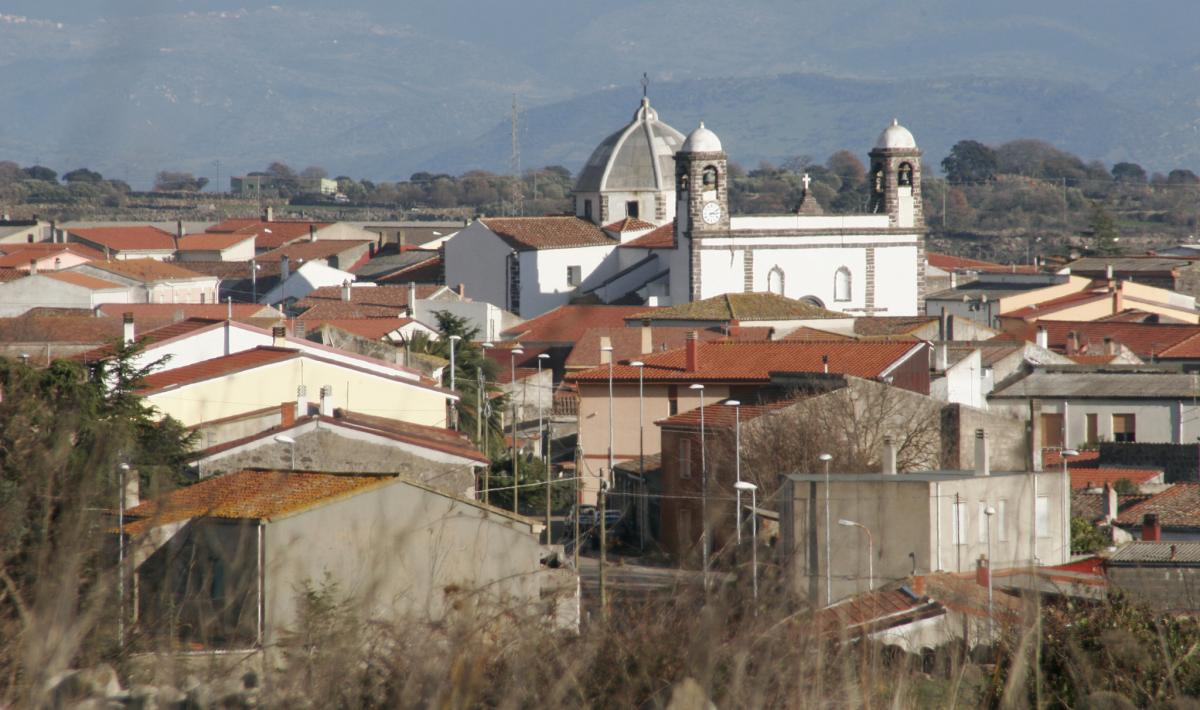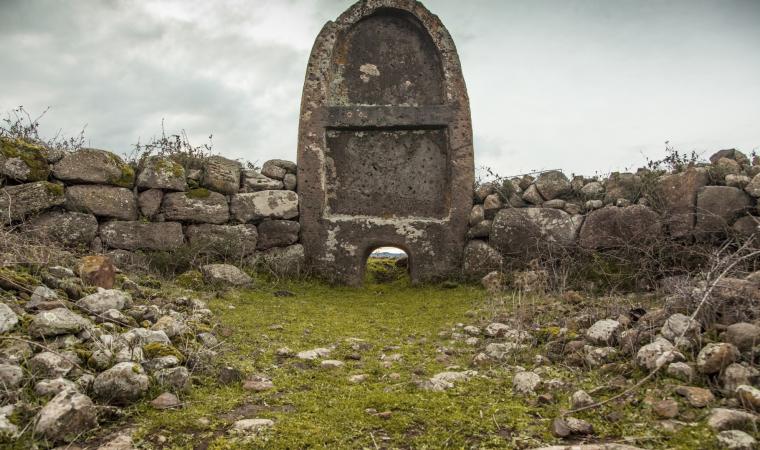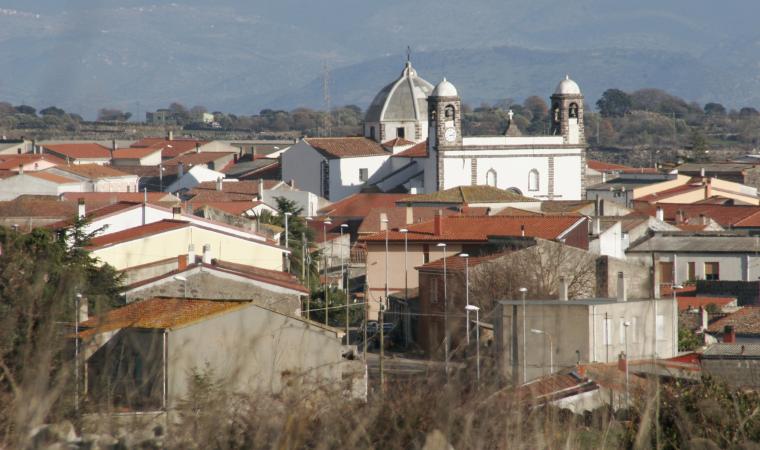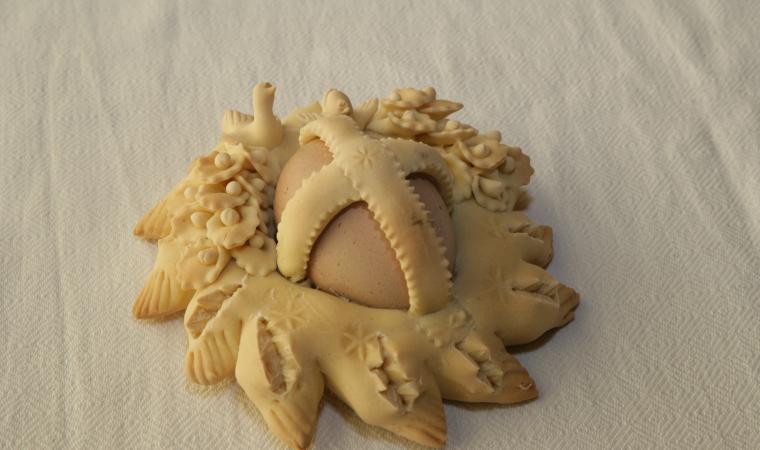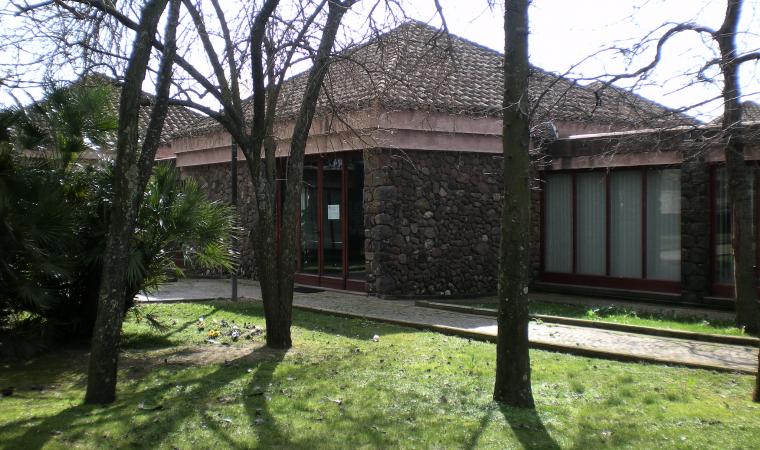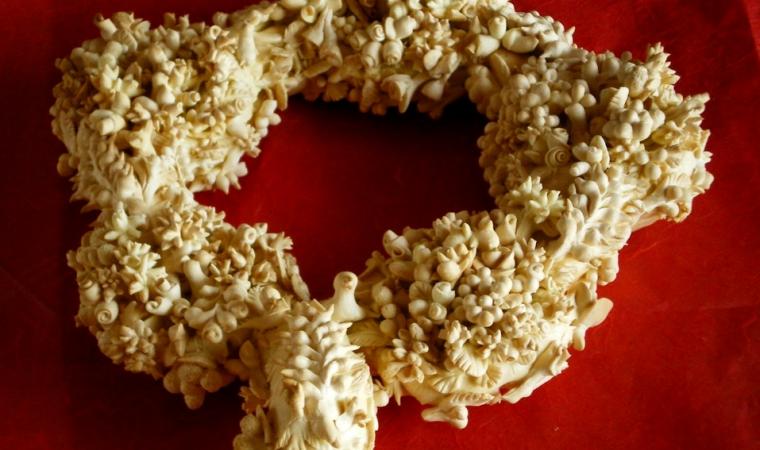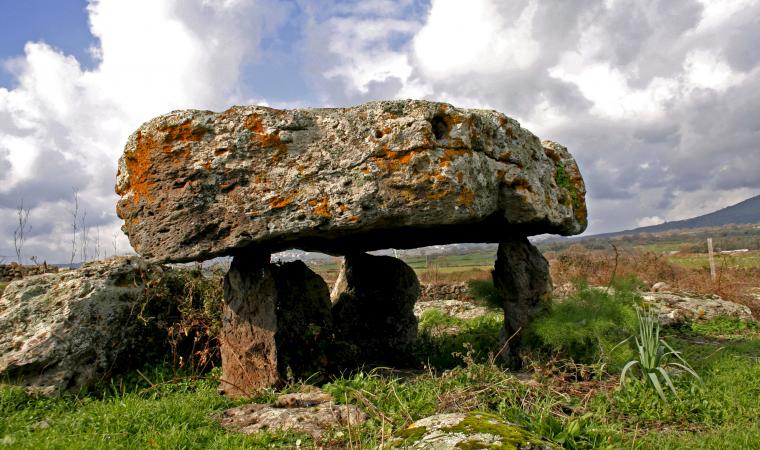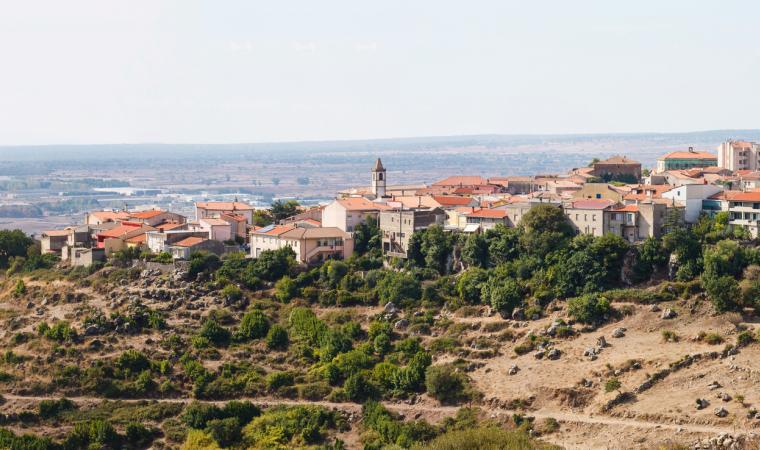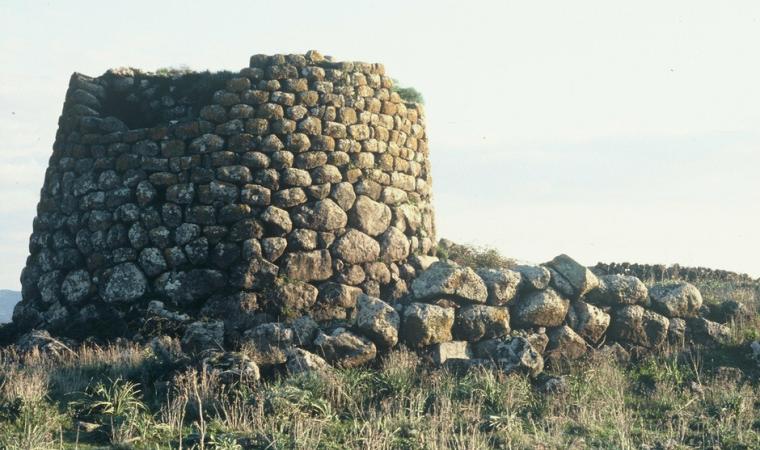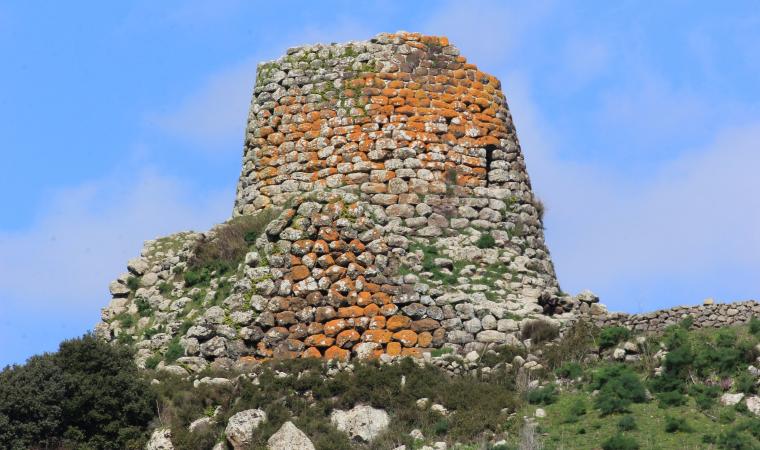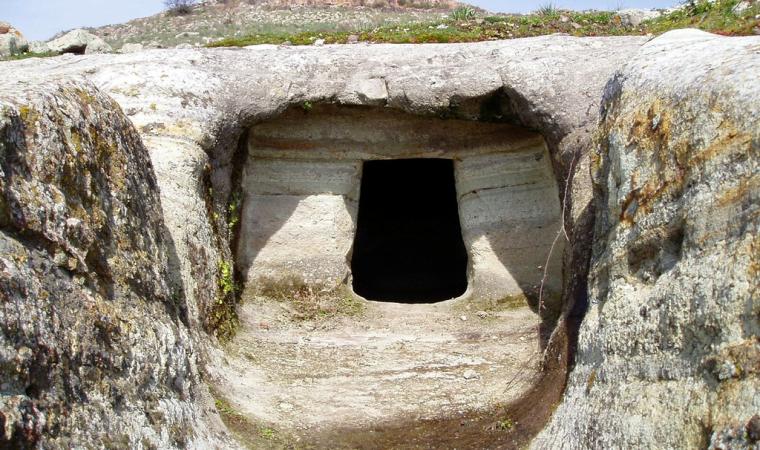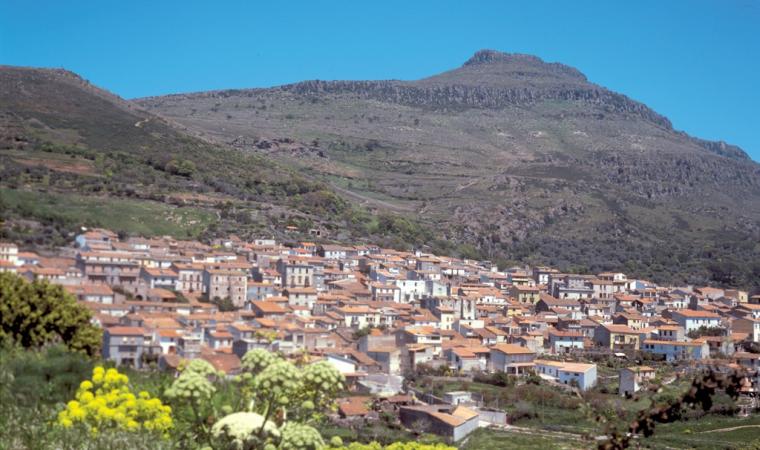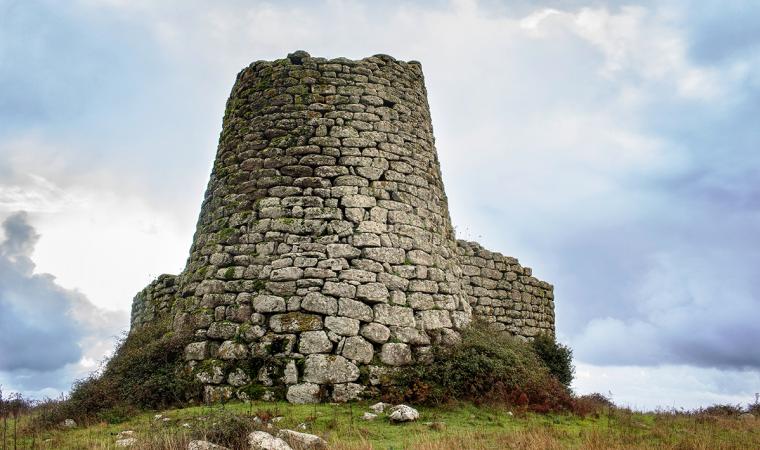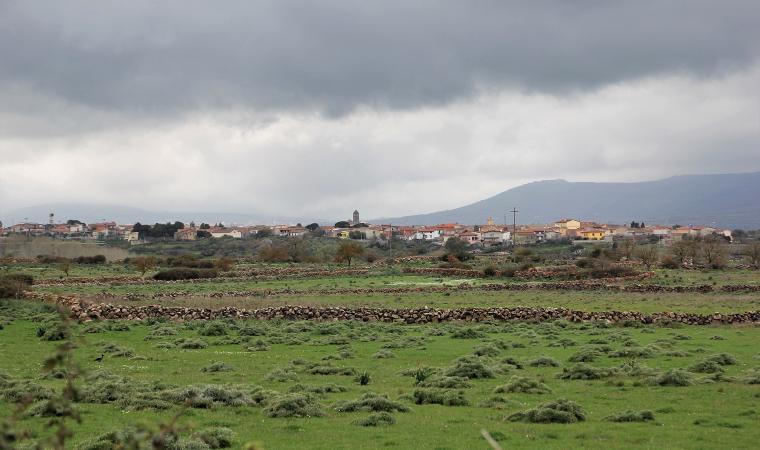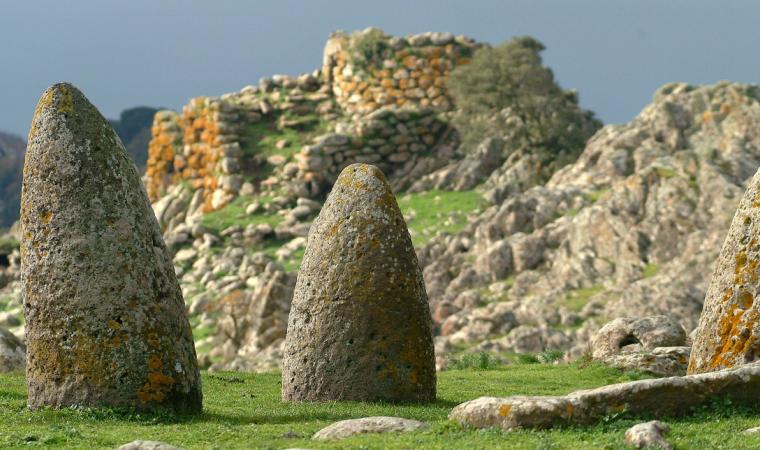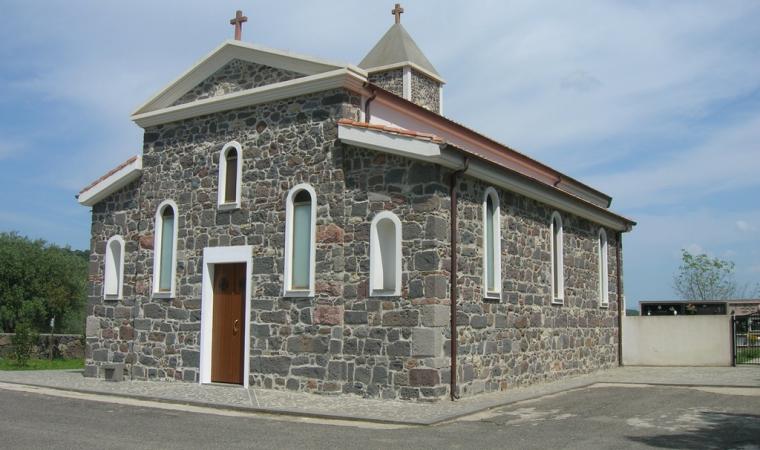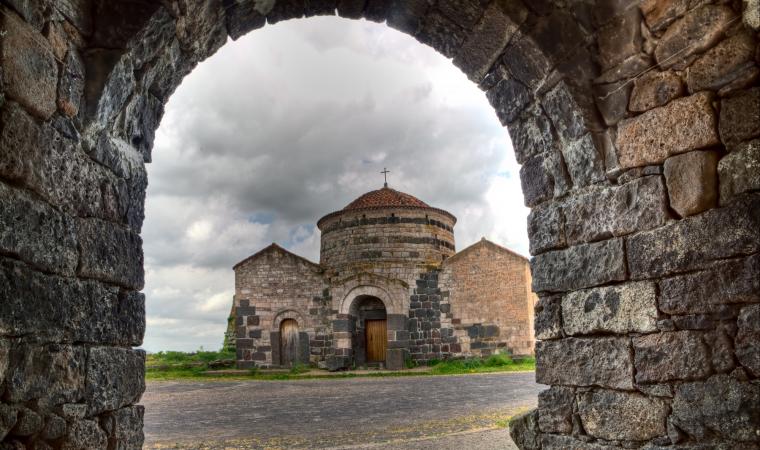The town is set in the foothills of the Marghine mountain range, in the Abbasanta plateau, around 400 metres above sea level. Borore has a population of over 2000 and is in the province of Nuoro. It is part of the Borghi Autentici d'Italia circuit and is known for its Giants' Tombs and for the oldest wine variety in the world. It is also famous for traditional bread-making: it hosts the Sardinian Ritual Bread Museum, which covers a selection of traditional breads and the festivals of various towns. Borore also produces some pastries worthy of note (and tasting): amaretti, giorminos, pitifurros, sospiri and ziliccas, made using recipes handed down through the generations. The town has become famous over the centuries for extemporary Sardinian poetry, which was celebrated in improvisation competitions.
The fertile territory has been intensely settled since pre-Nuragic times, as demonstrated by its standing stones, including the monumental Perda Longa menhir, dolmens and domus de Janas. Eight Giants' tombs remain from Nuragic times, including those of Imbertighe, described as the "most impressive Giants' tomb" and used as a model in archaeological books and magazines, as well as appearing in the town's official logo. The area wouldn't be complete without nuraghes – 30 of them. One of the most impressive is the Bighinzones, the original heart of the town according to rector Juan Pedro Quessa Cappay (mid-18th century), who gave an unscientific yet romantic description of Borore as the first Sardinian settlement after Noah's flood". The Duos Nuraghes complex also stands out, unique thanks to its two towers set ten metres apart, surrounded by huts. Cannonau grape seeds dating back from 1200 BC were discovered here.
The town's tidy streets and walls, painted with murales of scenes of traditional life, wind around the parish church of Beata Vergine Assunta (17th century), inside which you can admire a painting of the evangelists and a wooden Baroque altar. Other historical and artistic buildings include Casa Delogu, sa Piedade (ex Monte Granatico) and the ruins of Cresia Ezza (an old church). The townspeople are particularly fond of the rural church of San Lussorio, together with its muristenes (homes for worshippers), with their paintings of traditional costume. The saint is celebrated twice during the year: in August, worshippers accompany a statue of the saint from the parish church to the rural sanctuary, while horse riders compete in equestrian games. The church of San Gavino is also in the countryside, and the saint is celebrated in early October. Other festivals include: the bonfires of Sant’Antonio Abate (16-17 January), the Holy Week rites (s’Iscravamentu and s’Incontru) and in June, the Primavera nel Marghine event that puts craft and agrifood products on show.

